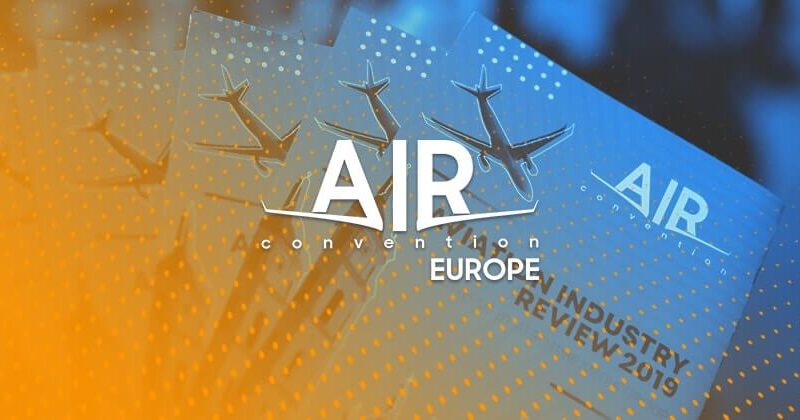The European air space is very, if not the most, congested space in the world. Wizz Air CEO, József Váradi, while speaking at AIR Convention mentioned that “ATC is almost completely dysfunctional” in the continent. Even so, by 2040, Europe will have a capacity gap of 1.5 million, accounting for more than 160 million passengers not being able to get on a flight, according to EUROCONTROL growth predictions. But today, the issue is also relevant – as airports are becoming congested with limited slot space and the constant lack of manpower both in the cockpits and in the air traffic control towers, is European air space too saturated to be able to grow? What are the options to sustain the growth of traffic without filling up the skies with too many aircraft?
Unclogging the air
While organizations like EUROCONTROL and governments could unite their forces and establish projects like SESAR, which aims to improve Air Traffic Management by conducting joint research, there are other options as well:
One option is to reduce air traffic by traveling using bigger aircraft. In part, this is already happening, as manufacturers keep making bigger narrow-bodies, tailored for short-haul travel. Airbus plans to deliver its biggest A320 family member, the A321XLR in 2023 – it can seat up to 220 passengers in a typical 2-class configuration. In contrast, the original A320 had a typical seating of 150 passengers back when it made its commercial debut in 1988 with Air France. Boeing has also stretched the 737 – the newest and the biggest version of the narrow-body, the 737 MAX-10, can seat up to 230 passengers, according to Boeing.
Secondly, looking at alternative airports to expand infrastructure instead of looking to acquire slots at the main hub points is a great way to reduce congestion. One example is London and its airports – as Heathrow (LHR), Gatwick (LGW), Stansted (STN) and Luton (LTN) are approaching their capacity limits, airlines have turned attention to London-Southend Airport (SEN). While for now, it’s mostly low-cost carriers operating from the airport, new competitors are entering the ring, with Wizz Air being the fresh face on the block. The airline has proclaimed that it will “soar from Southend Airport” and introduced two new routes to Bucharest and Vilnius starting November 2019. While infrastructure and naming airports that are 41 miles (61 kilometers) from the center after the city are an issue, but in the long run, it does provide airlines with the opportunity to grow capacity without spending ridiculous amounts on acquiring slots at airports with limited space.
But the congestion above Europe might be solved by someone other than aviation experts and agencies. While airlines are bickering between themselves for passengers, high-speed rail is becoming a threat to carriers. The aforementioned job cuts by Air France were also the result of the airline losing over 90% market share in the domestic market to high-speed rail (TGV). Over the past few years, passengers using rail services have increased in Europe – travelers accumulated around 430 billion passenger-kilometers in 2013. In 2017 the number has increased to 465 billion passenger kilometers, according to Eurostat.
Bottom line is that the skies above Europe are becoming increasingly overcrowded. Last summer’s events have showcased that the continent is not ready to handle service disruptions, as freak-events have pushed the airline system in Europe to its limits, with never-ending delays and flight cancelations resulting in mounting compensation claims due to Regulation No 261/2004 and subsequent bankruptcies due to these bills. Lower prices just so passengers would board your, rather than your competitor’s, aircraft and diminishing, rather than increasing capacity at the busiest continent’s airports begs the question whether the bubble of overcapacity will pop, causing additional and more painful bankruptcies across Europe and whether the skies can handle the ever-increasing traffic.

